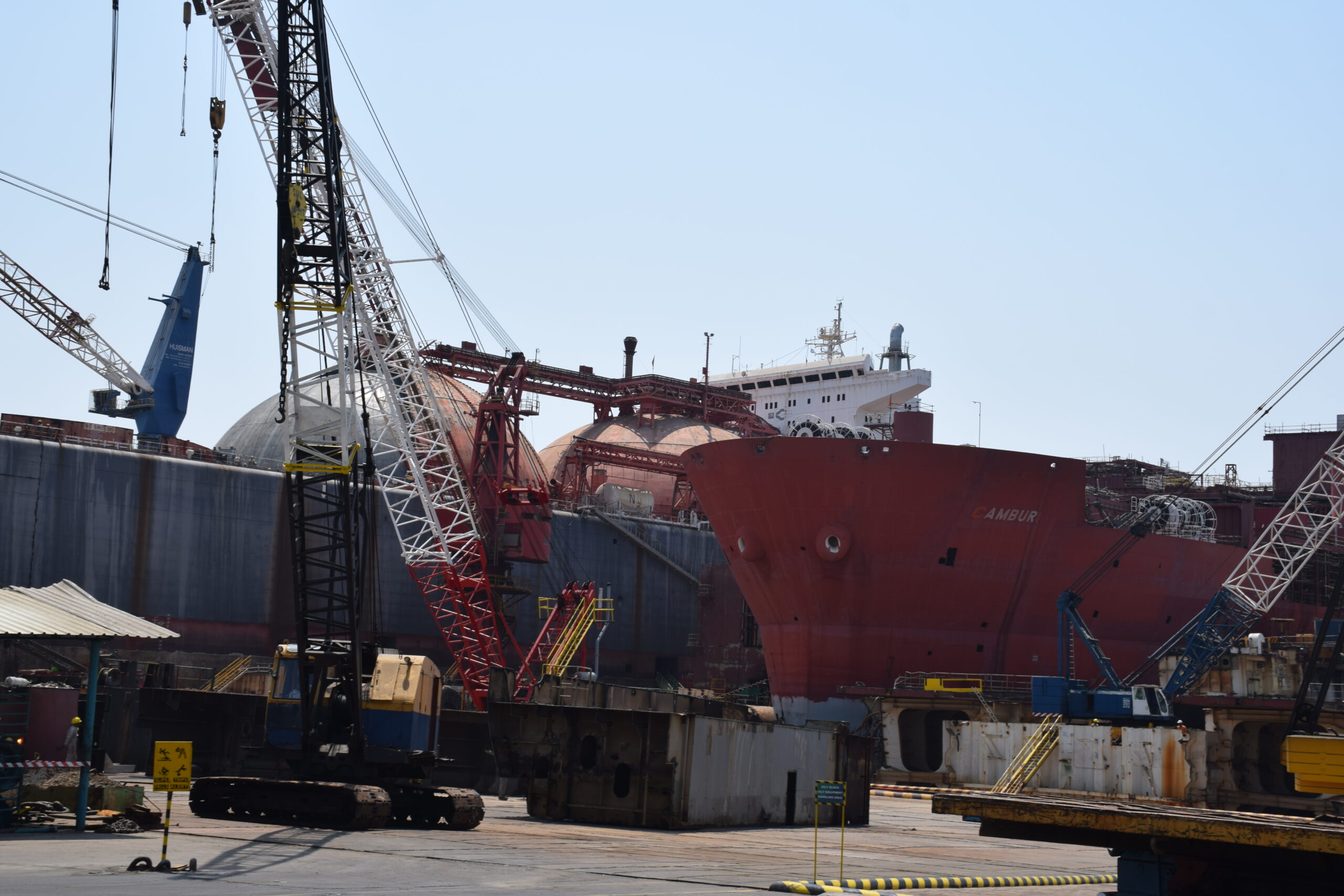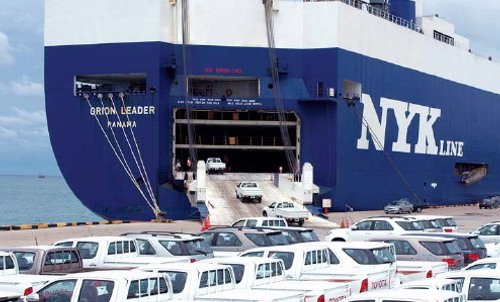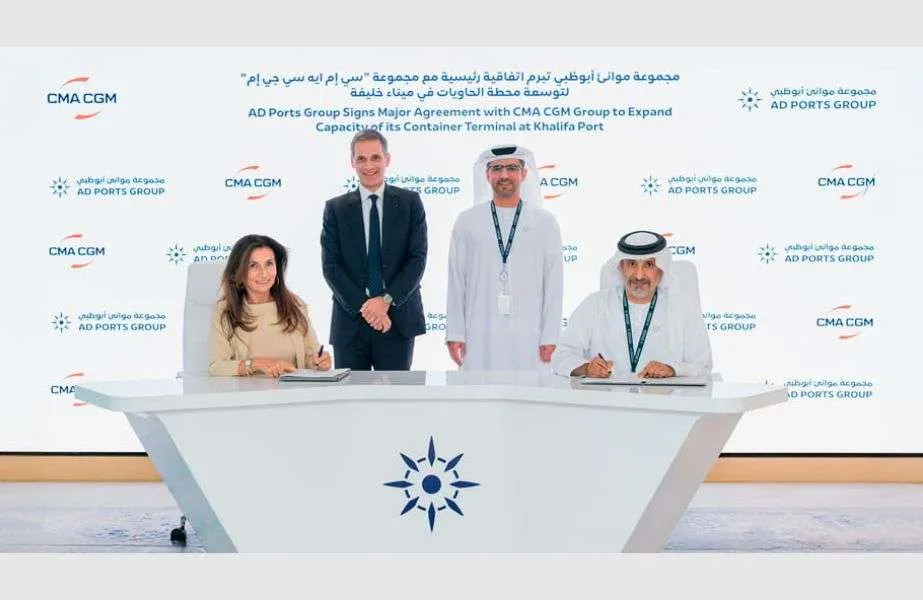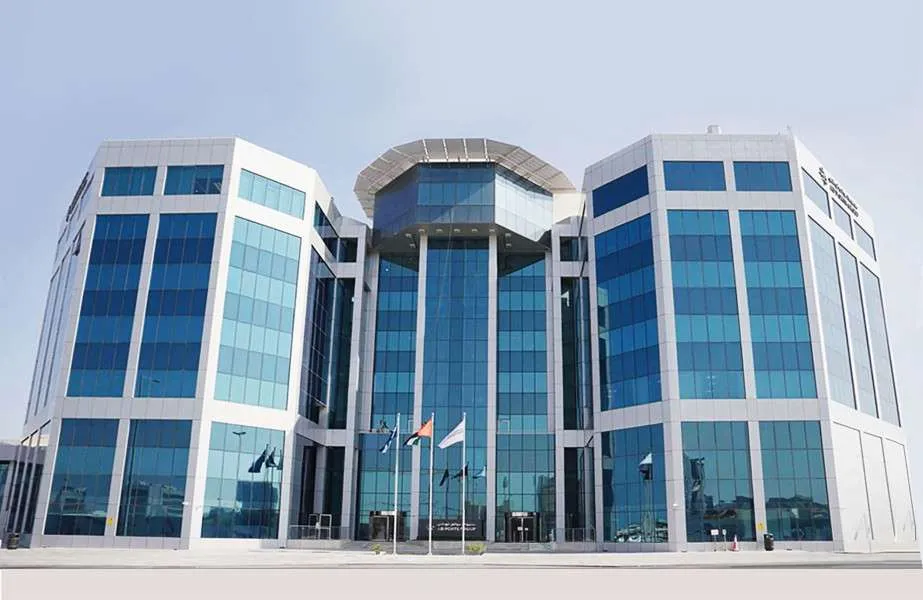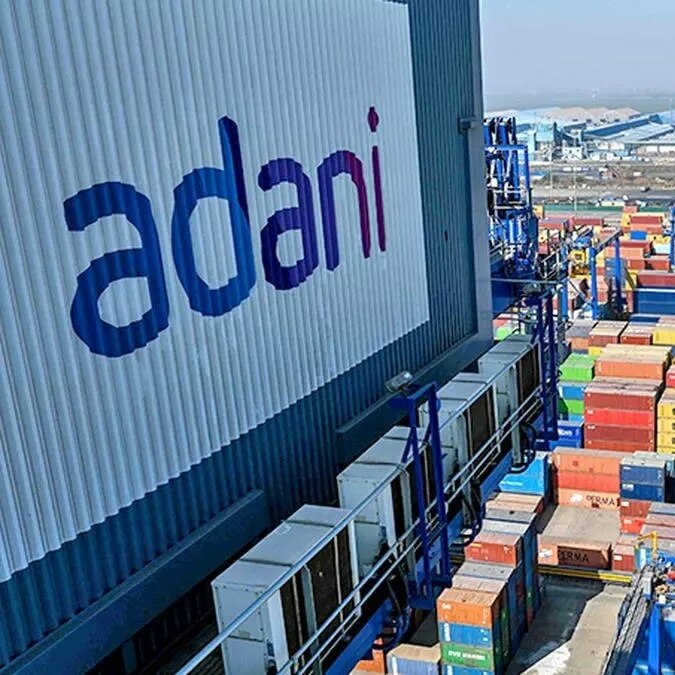Cargo Handling at Indian Ports on the Rise: 3.5% CAGR Growth Since 2014-15
India’s port infrastructure is witnessing consistent growth, reflecting the country’s expanding economy and increasing trade volumes. The cargo handled at major Indian ports has surged from 581.34 million tonnes in 2014-15 to 819.23 million tonnes in the financial year 2023-24, registering a compound annual growth rate (CAGR) of 3.5 per cent. This growth rate aligns with global standards, underscoring the nation’s growing prominence in maritime logistics.

The Minister of Ports, Shipping and Waterways, Sarbananda Sonowal shared the information in a written reply to the Rajya Sabha during the Budget session. The increase in cargo volumes highlights the sustained efforts by the government to modernize and expand port infrastructure to meet the demands of a rapidly growing economy.
Breakdown of Cargo Handled at Indian Ports
In the fiscal year 2023-24, the cargo handled at major Indian ports was categorized into three main segments:
- Liquid Bulk: 33.8%
- Dry Bulk: 44.04%
- Container Cargo: 22.16%
This distribution indicates a balanced mix of commodities, with dry bulk leading the segment. Dry bulk mainly comprises coal, iron ore, and other raw materials essential for industries, while liquid bulk includes crude oil, petroleum products, and chemicals. The steady rise in container cargo highlights India’s expanding manufacturing and export activities, particularly in automotive, textiles, and engineering goods.
Infrastructure Development and Capacity Expansion
The Indian government has been undertaking significant infrastructure development and capacity augmentation initiatives at major ports. These efforts are aimed at improving efficiency, reducing turnaround time, and enhancing the overall competitiveness of Indian ports on the global stage. The key areas of focus include:
- Construction of New Berths and Terminals: To accommodate rising cargo volumes, new berths and terminals are being developed to facilitate smooth cargo handling.
- Mechanization of Existing Berths and Terminals: Upgrading ports with advanced equipment ensures quicker loading and unloading of cargo.
- Capital Dredging for Deepening Drafts: Increasing the depth of ports allows the handling of larger vessels, thereby improving economies of scale.
- Enhancing Road and Rail Connectivity: Seamless connectivity between ports and industrial zones is essential to reduce logistical bottlenecks and ensure smooth movement of goods.
Vadhavan Port: A Game-Changer for India’s Maritime Sector
One of the most ambitious projects in India’s port development strategy is the Vadhavan Port in Maharashtra, which has been approved as a mega container port. The port is expected to play a pivotal role in catering to the requirements of next-generation mega-size container vessels. The development of Vadhavan Port is part of the government’s broader plan to position India as a major hub in the global supply chain.
The establishment of the mega port will not only enhance India’s container handling capacity but will also reduce dependency on transshipment hubs in foreign countries such as Sri Lanka and Singapore. This will, in turn, result in lower logistics costs and improved efficiency for Indian exporters and importers.
Comprehensive Port Connectivity Plan (CPCP)
Recognizing the importance of seamless transportation of goods from ports to hinterland markets, the Indian government has launched the Comprehensive Port Connectivity Plan (CPCP). The plan, prepared by the Department for Promotion of Industry and Internal Trade (DPIIT) in September 2022, identifies 107 infrastructure gaps related to road and rail connectivity at both major and non-major ports.
In consultation with state maritime boards, the Ministry of Railways, and the Ministry of Road Transport and Highways, these projects aim to enhance multimodal transport links, ensuring faster and more cost-effective cargo movement. Strengthening last-mile connectivity is crucial for making Indian ports more efficient and reducing congestion.
Boosting Logistics Efficiency for Export-Oriented Industries
In addition to infrastructure improvements, the government has introduced several measures to streamline logistics for export-oriented industries. These include:
- Development of New Berths and Parking Plazas: Enhancing port capacity to accommodate larger cargo volumes and improve turnaround time.
- Mechanization and Modernization of Existing Terminals: Increasing efficiency through advanced automation and digitalization.
- Process Optimization through Digitalization: Implementation of digital tools for tracking and managing cargo flow, reducing paperwork and bureaucratic delays.
- Expansion of Hinterland Connectivity: Strengthening the integration of ports with rail and road networks for faster transportation of goods.
These measures collectively contribute to making Indian ports more competitive and efficient, ensuring that export-oriented industries have a seamless supply chain ecosystem.
India’s Position in the Global Maritime Industry
India’s consistent growth in cargo handling and port infrastructure development positions it as a strong contender in the global maritime industry. The country is strategically leveraging its coastline and investing in modernizing port facilities to compete with leading global maritime nations.
With initiatives like Sagarmala, the government aims to further boost port-led development, focusing on reducing logistics costs, increasing trade efficiency, and creating new employment opportunities in the maritime sector. The continued focus on digital transformation, capacity expansion, and connectivity enhancement will be key to ensuring sustained growth in India’s cargo handling capabilities.
Conclusion
The rise in cargo handling at Indian ports, growing at a CAGR of 3.5% since 2014-15, is a testament to India’s strengthening trade and logistics ecosystem. With 819.23 million tonnes of cargo handled in 2023-24, India is making rapid strides in becoming a global maritime hub.
Government initiatives such as infrastructure development, mechanization, new connectivity projects, and mega port developments like Vadhavan will play a crucial role in further enhancing the country’s maritime logistics capabilities. As these efforts continue, India is set to emerge as a leader in global trade, offering world-class port facilities and seamless connectivity for international commerce.
Author: shipping inbox
shipping and maritime related web portal




